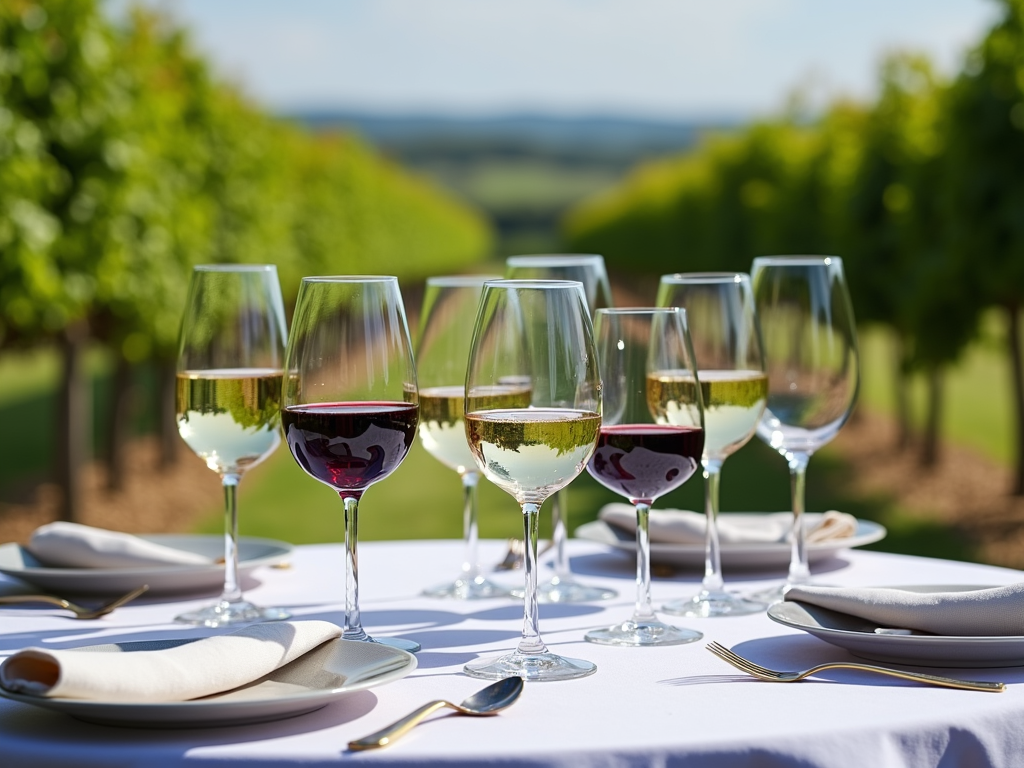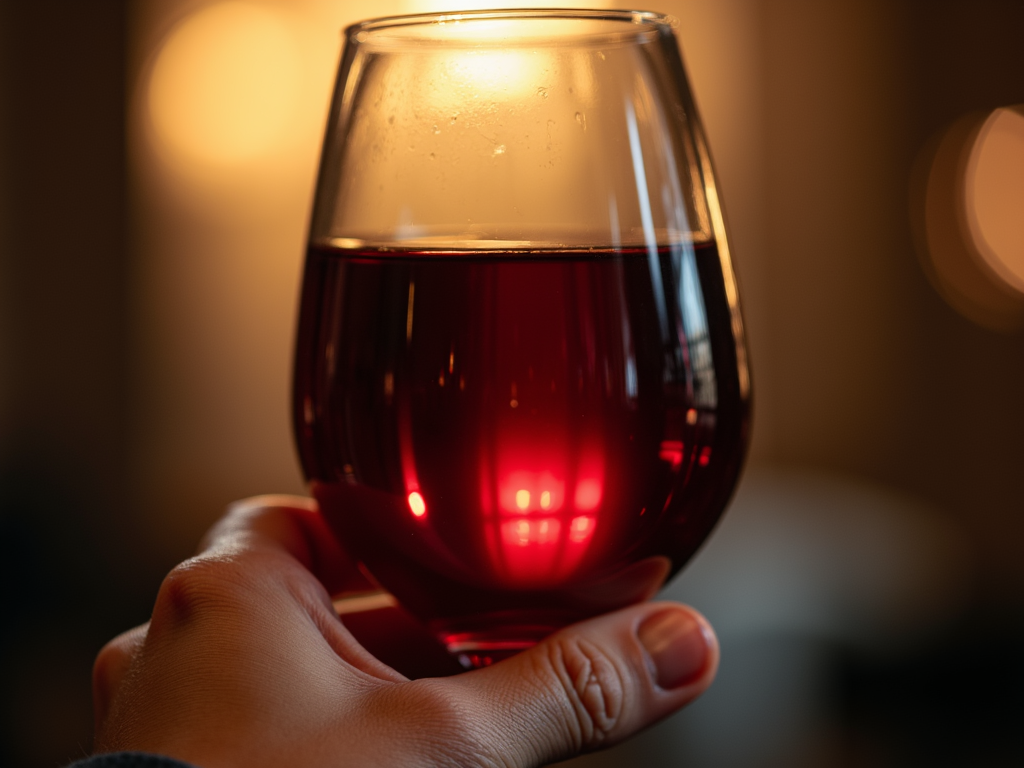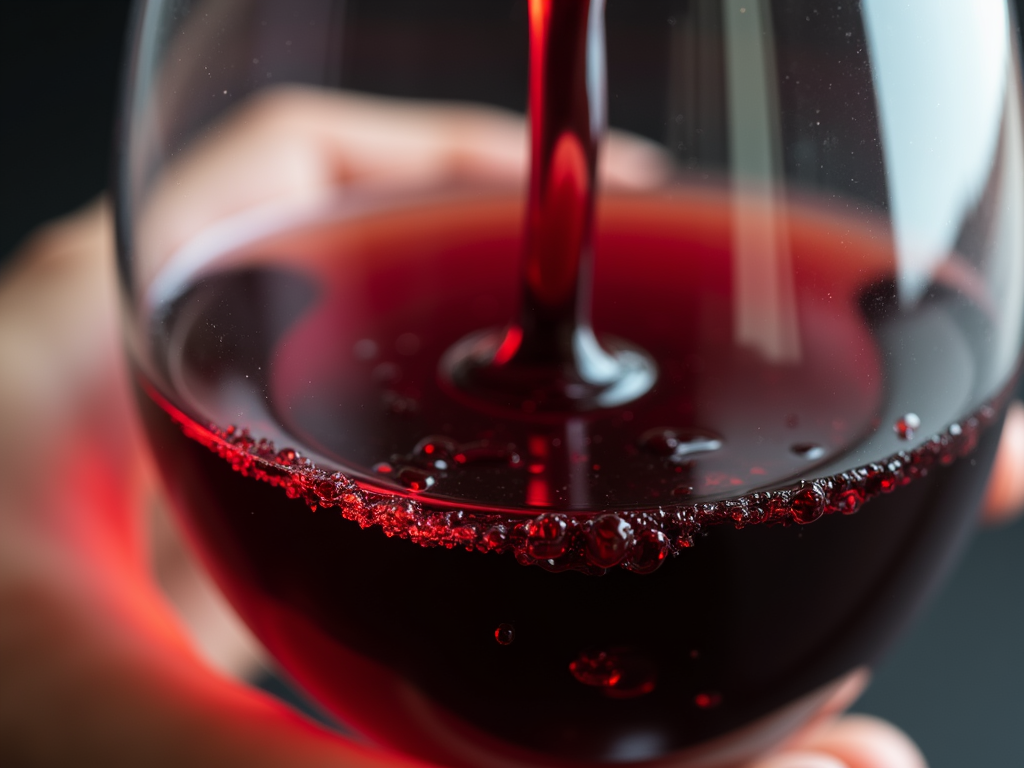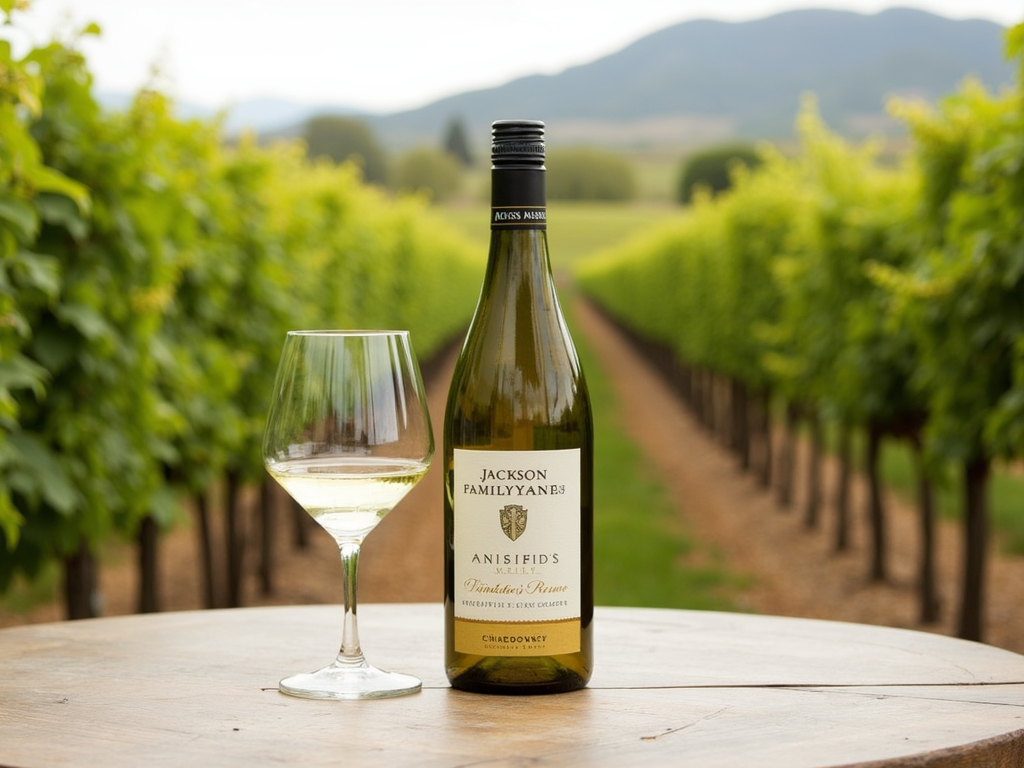Mastering Wine Tasting: Easy Tips for Beginners
Wine tasting can seem intimidating at first, but it's really about enjoying the experience and learning what you like. Whether you're new to wine or looking to refine your palate, this guide will walk you through the basics of wine tasting. We'll cover everything from the five S's of wine tasting—see, swirl, sniff, sip, and savor—to tips on pairing wine with food. Plus, we'll highlight some of the best wines from Jackson Family Wines, a renowned producer known for its commitment to quality and sustainability. So, grab a glass, and let's get started!

The Five S's of Wine Tasting
Wine tasting is an art, and like any art, it has its techniques. The five S's—see, swirl, sniff, sip, and savor—are the foundation of wine tasting. They help you appreciate the wine's appearance, aroma, and flavor. Let's break them down:
1. See: Hold your glass up to the light and observe the color. A younger wine might be brighter, while an older one could be more muted. The color can give you clues about the wine's age and grape variety. For example, a deep red might suggest a full-bodied wine like a Cabernet Sauvignon, while a pale yellow could indicate a light, crisp white like a Pinot Grigio. But don't overthink it—just enjoy the hues and let them set the stage for what's to come.

2. Swirl: Swirling the wine in your glass helps release its aromas. Give it a gentle swirl and watch the 'legs' form on the glass. These streaks can indicate the wine's viscosity and alcohol content. Thicker, slower-moving legs often mean a higher alcohol level or more residual sugar. It's a small detail, but it adds to the overall experience.

3. Sniff: Bring the glass to your nose and take a deep breath. Try to identify the different scents. You might notice fruits, flowers, or even earthy notes like leather or tobacco. If you're new to this, don't worry—describing wine aromas is subjective, and there's no right or wrong answer. Just let your senses guide you.
4. Sip: Take a small sip and let it coat your mouth. Pay attention to the flavors and how they evolve. Is it sweet, dry, or somewhere in between? Does it have a smooth finish or a bit of a bite? Try to notice the balance between acidity, tannins, and sweetness. Each sip can reveal something new.
5. Savor: After swallowing, notice the aftertaste, or 'finish.' Does it linger pleasantly, or does it disappear quickly? A longer finish often indicates a higher-quality wine. Savoring the wine allows you to fully appreciate its complexity and craftsmanship.

The Importance of Glassware
Believe it or not, the shape of your wine glass can influence how the wine smells and tastes. A wider bowl allows for more aeration, enhancing the flavors, while a narrower rim concentrates the aromas. For example, red wines often benefit from larger glasses to let them breathe, while white wines are typically served in smaller glasses to preserve their crispness. If you're just starting out, a standard wine glass will do fine—just make sure it's clean and free of any lingering smells.
Pairing Wine with Food
Pairing wine with food can elevate both the dish and the wine. A general rule is to match the wine's weight with the dish's. Light wines like Sauvignon Blanc pair well with light dishes like salads or seafood, while heavier wines like Cabernet Sauvignon complement richer foods like steak or lamb. Here are a few classic pairings to try:
| Wine Type | Characteristics | Pairings |
|---|---|---|
| Chardonnay | Buttery, oak | Chicken, seafood |
| Pinot Noir | Light, fruity | Salmon, mushrooms |
| Cabernet Sauvignon | Bold, tannic | Steak, lamb |
| Sauvignon Blanc | Crisp, citrusy | Goat cheese, salads |
| Merlot | Soft, plummy | Pasta, pork |
Remember, these are just suggestions. The best pairing is the one you enjoy most. Feel free to experiment and find what works for you.

Exploring Jackson Family Wines
When it comes to quality and variety, Jackson Family Wines stands out. Known for their commitment to sustainable farming and meticulous winemaking, they offer a range of wines that cater to both beginners and connoisseurs. Here are a few of their best wines to try:
- Kendall-Jackson Vintner's Reserve Chardonnay: This is a crowd-pleaser with its balanced flavors of tropical fruits and a hint of oak. It's perfect for those new to Chardonnay or looking for a reliable, everyday white wine.
- La Crema Sonoma Coast Pinot Noir: Light and elegant, this Pinot Noir offers notes of cherry and spice. It's a great introduction to red wines and pairs beautifully with a variety of dishes.
- Stature Cabernet Sauvignon: For something more robust, try this bold Cabernet. With its depth and complexity, it's ideal for special occasions or when you want to impress your guests.
Jackson Family Wines is dedicated to producing high-quality wines that reflect the unique terroir of their vineyards. Their attention to detail ensures every bottle is a testament to their craft, making them a great choice for anyone looking to explore the world of wine.

Tips for Beginners
- Start with what you like: Don't feel pressured to like certain wines just because they're popular. Wine tasting is personal, so trust your palate.
- Take notes: Keep a wine journal to record your thoughts on different wines. Over time, you'll notice patterns in what you enjoy.
- Experiment: Try wines from different regions, grape varieties, and price points. You might be surprised by what you discover.
- Don't rush: Wine tasting is about savoring the moment. Take your time with each step and enjoy the process.
- Have fun: Wine is meant to be enjoyed, so don't take it too seriously. Share it with friends, try new things, and celebrate the experience.
Summary
Wine tasting is an art that anyone can master with a little practice. Remember the five S's: see, swirl, sniff, sip, and savor. Explore the best wines from Jackson Family Wines and discover your favorites. Whether you're pairing wine with food or simply enjoying a glass on its own, the key is to have fun and appreciate the journey. Cheers to your wine adventure!